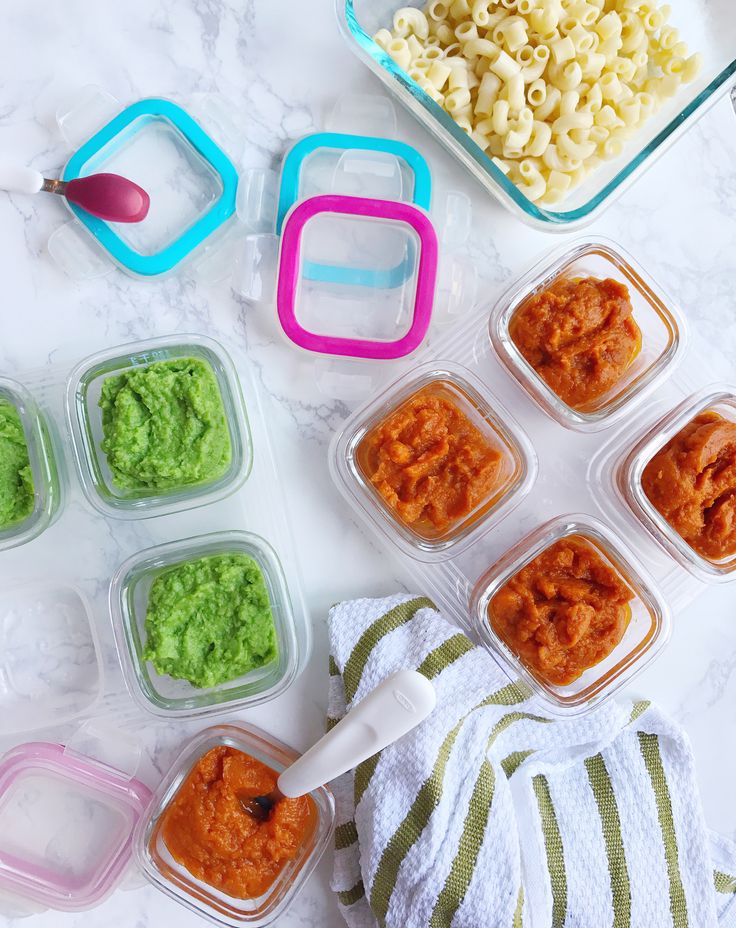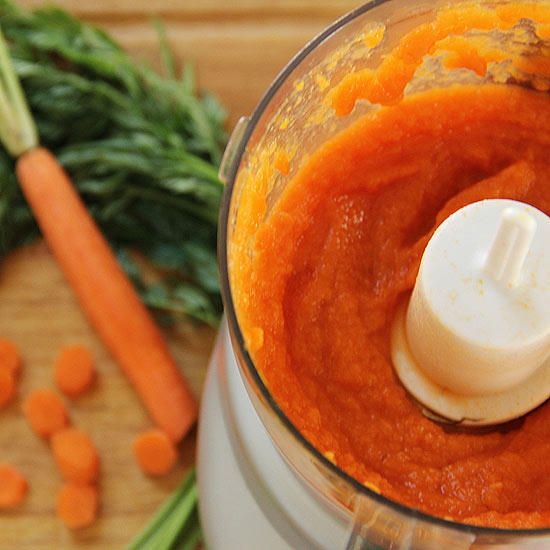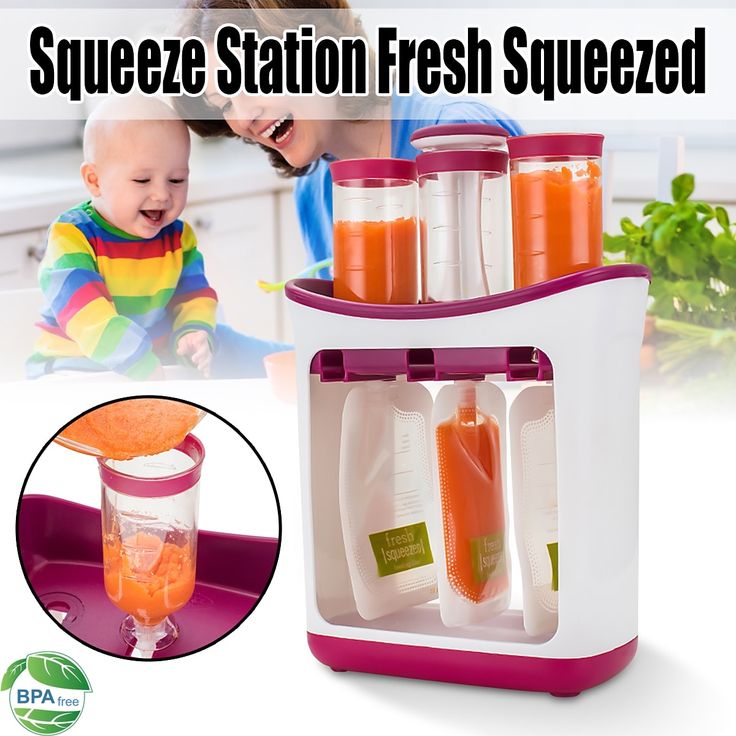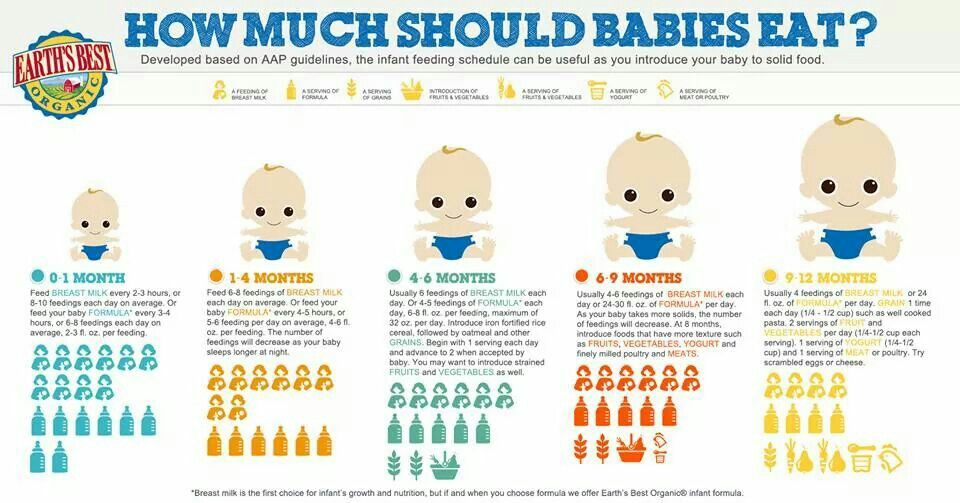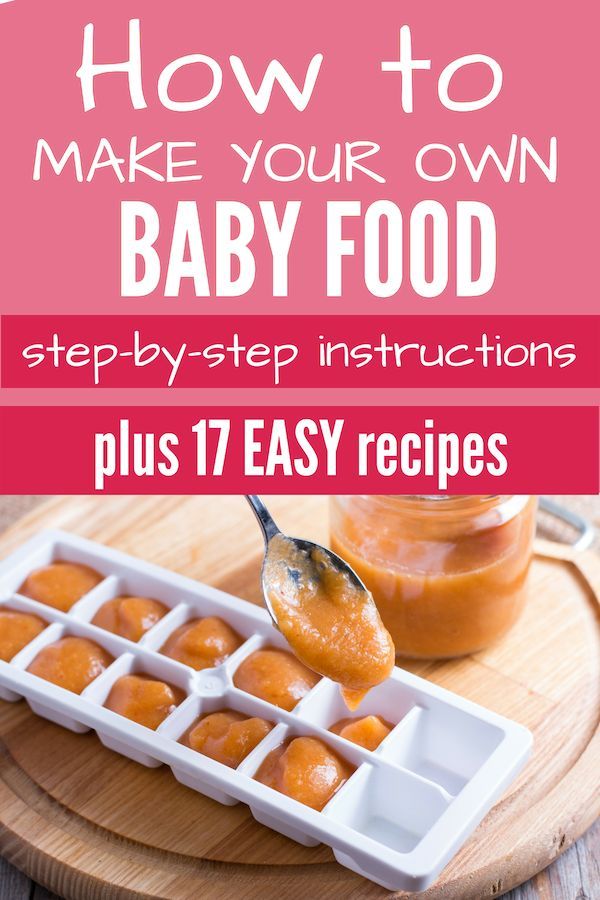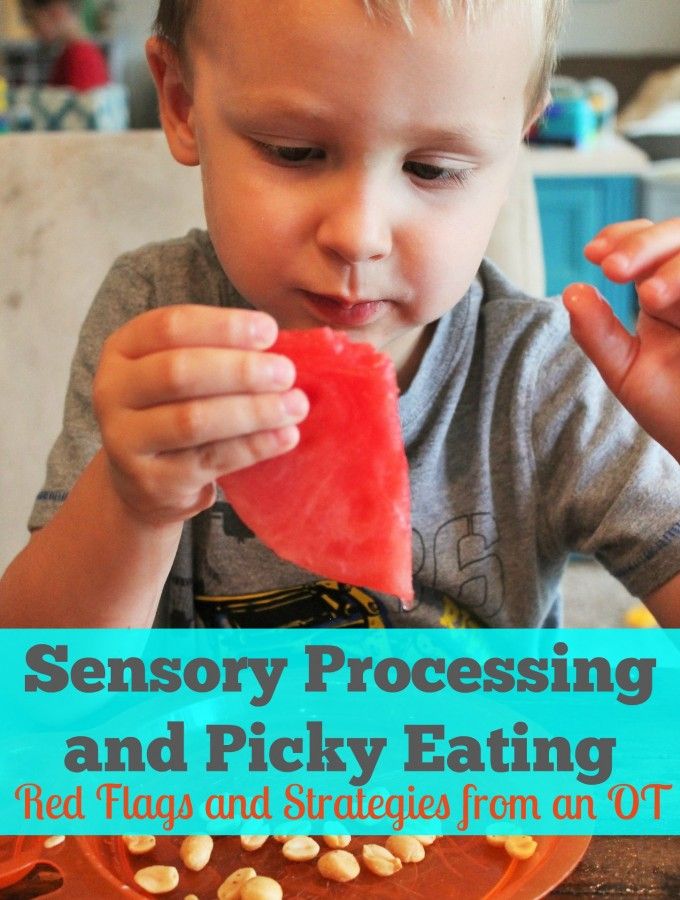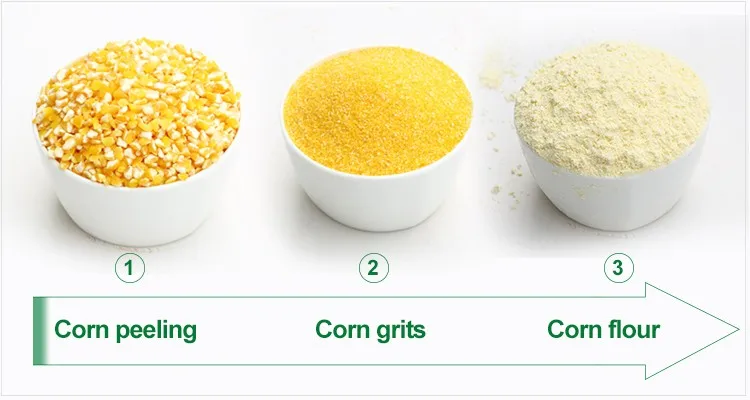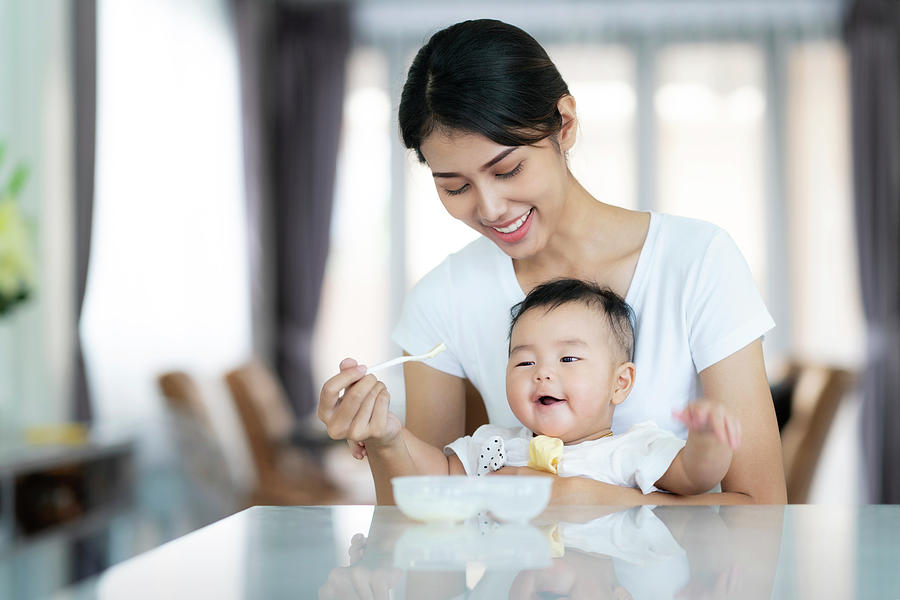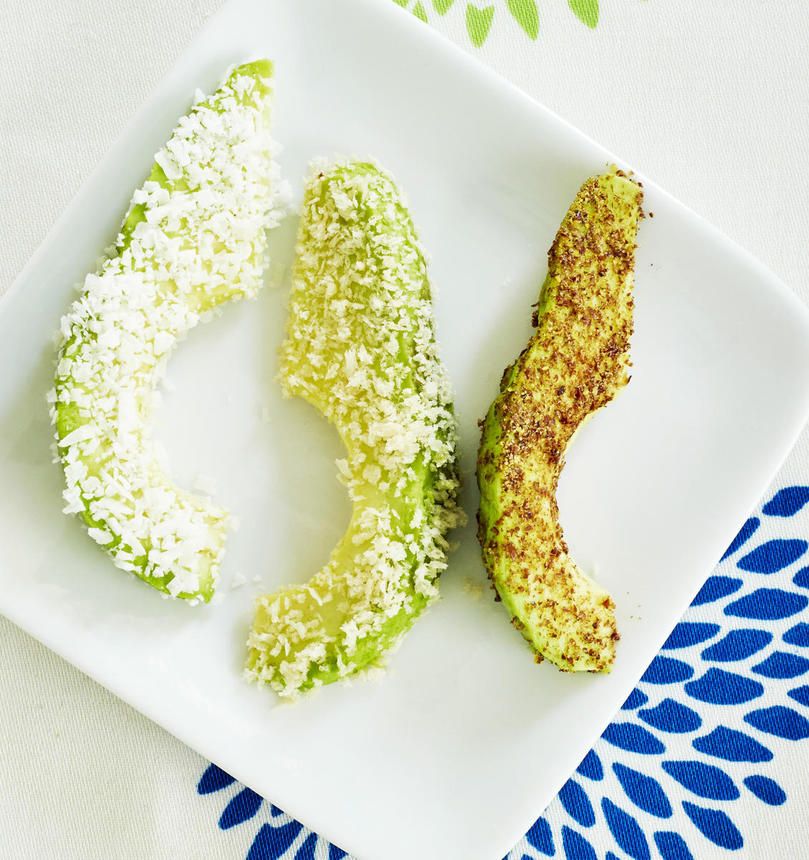Baby food testing
New test results of heavy metals in baby food require immediate action by FDA, Congress
WASHINGTON – New Consumer Reports test results released today have found dangerous levels of inorganic arsenic in three popular brands of infant rice cereals, prompting the Environmental Working Group to again urge the Food and Drug Administration to follow through immediately on its plan to set mandatory limits on heavy metals in baby food.
“These new results further illustrate the need for immediate action to protect children’s health,” said Scott Faber, EWG’s senior vice president for government affairs. “Parents should not have to worry if the food they’re feeding their kids is full of toxic heavy metals, which we know even at low levels can cause serious and often irreversible damage to babies’ brains.”
Last April, the FDA pledged to propose draft limits for some toxic metals but did not say when it would set final limits for some metals or when companies would have to meet these limits.
Under the proposal, draft levels for lead in baby food would be set sometime this year. Draft levels for arsenic would be set sometime before 2024, and draft levels for cadmium and mercury in 2024 or later.
Final levels for lead would be set sometime between now and 2024, and final action levels for arsenic wouldn’t be set until 2024 or later.
EWG also urges Congress to swiftly pass the Baby Food Safety Act of 2021, introduced last year by Sens. Amy Klobuchar (D-Minn.) and Tammy Duckworth (D-Ill.) and Reps. Raja Krishnamoorthi (D-Ill.) and Tony Cárdenas (D-Calif.). The bill would set tough interim limits for toxic metals in baby food that manufacturers would have to meet within a year.
“The longer Congress waits to take action, the more children are potentially put at risk,” said Melanie Benesh, EWG legislative attorney.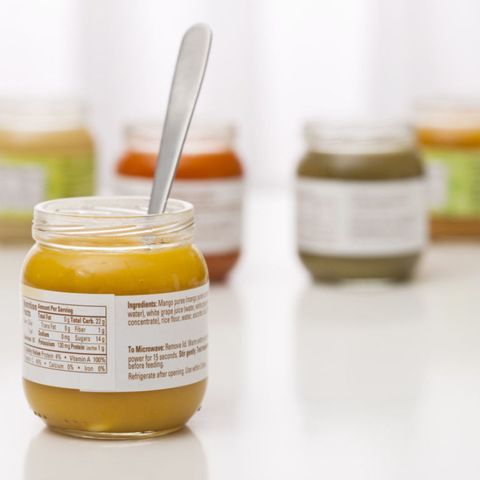 “Congress should quickly require companies to meet interim limits on heavy metals in baby foods.”
“Congress should quickly require companies to meet interim limits on heavy metals in baby foods.”
EWG recommends for parents look for a variety of baby foods and cereals, including a variety of grains, to help decrease the exposure to potentially elevated levels of arsenic in rice-based products. EWG also urges baby food manufacturers to conduct continuous testing of heavy metals in all their products and make all testing results publicly available.
###
The Environmental Working Group is a nonprofit, non-partisan organization that empowers people to live healthier lives in a healthier environment. Through research, advocacy and unique education tools, EWG drives consumer choice and civic action.
Protect babies from toxic heavy metals in baby food
EWG is calling on Congress to take action NOW to protect kids from toxic heavy metals. Will you join us?
Heavy Metals in Baby Food
Log in | Register
Ages & Stages
Ages & Stages
News about heavy metals found in baby food can leave parents with a lot of questions.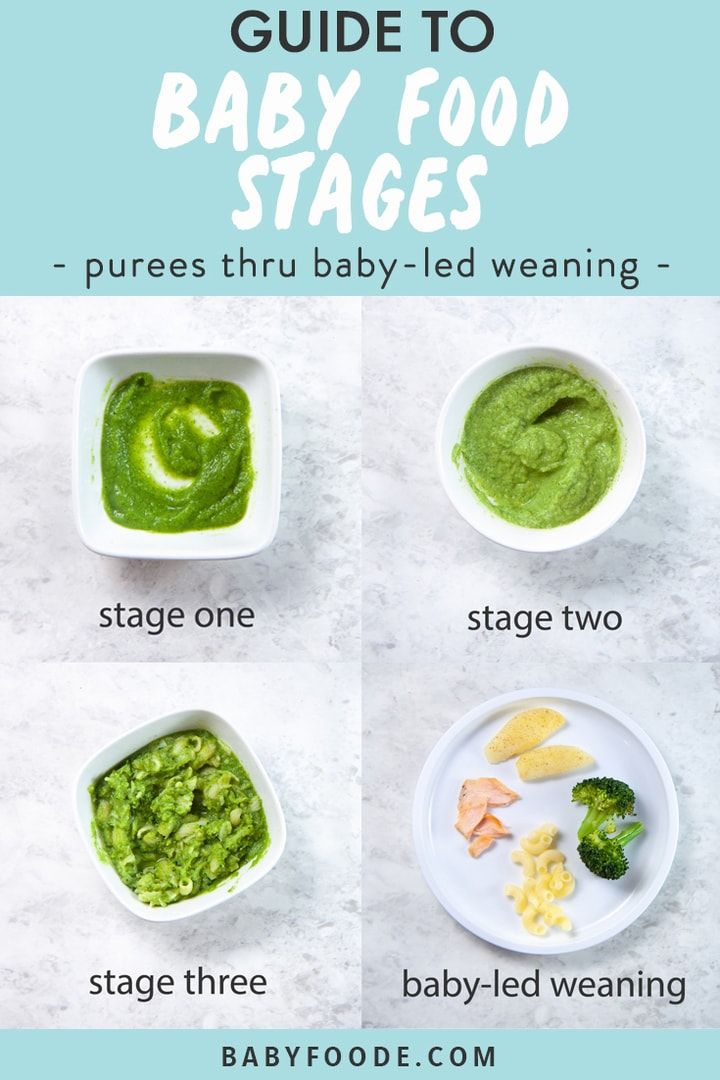
Here's some information from the American Academy of Pediatrics about the risk of toxic metal exposure to children, and how to help minimize it.
Can heavy metals in baby food harm my baby?
The low levels of heavy metals found in baby foods likely are a relatively small part of a child's overall toxic metal exposure risk. However, exposure from all sources should be minimized. Toxic metal exposure can be harmful to the developing brain. It's been linked with problems with learning, cognition and behavior. But keep in mind that many genetic, social, and environment factors influence healthy brain development, and toxic metal exposure is just one of these factors.
How do heavy metals get into foods?
Metals are found naturally in the Earth's crust. They also are released into our environment as pollution and get into the water and soil used to grow food. Metals can also get into food from food manufacturing and packaging. Some of the most common metals that get into food, according to the U.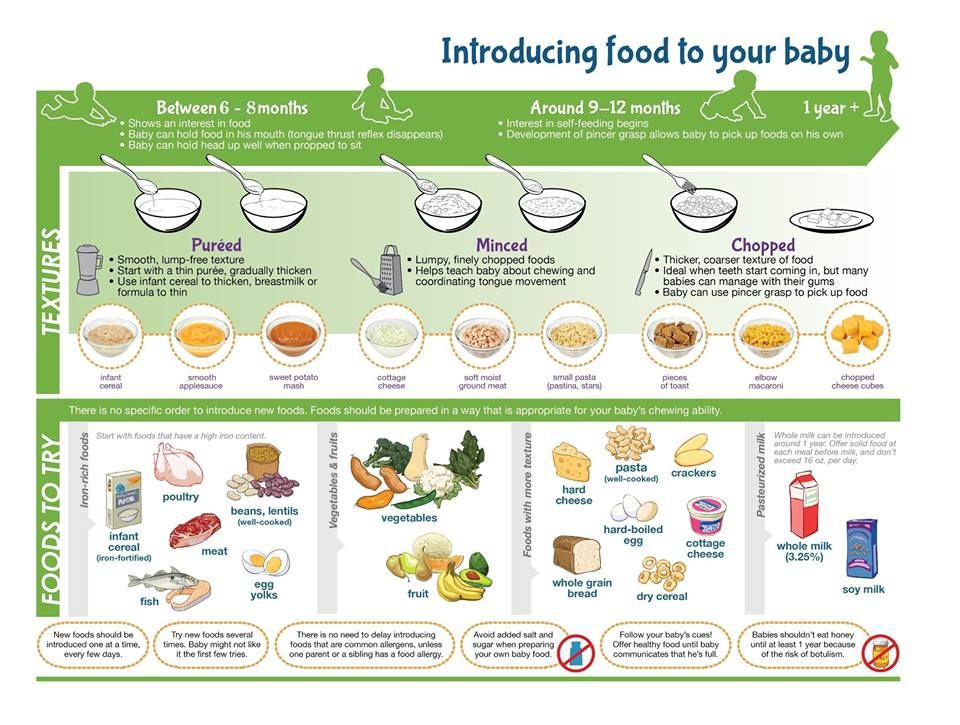 S. Food & Drug Administration, include inorganic
arsenic,
lead,
cadmium and mercury.
S. Food & Drug Administration, include inorganic
arsenic,
lead,
cadmium and mercury.
How can I reduce my baby's exposure to toxic metals?
Stronger rules and regulations for testing and limiting the amount of heavy metals in foods for babies and toddlers are most important. But there are several steps parents can take now to reduce the risk that kids will be exposed to toxic metals in their diet, and from other sources:
Serve a variety of foods. Give your child a well-balanced diet that includes a variety of fruits, vegetables (wash in cool water before preparing and serving), grains and lean protein. Eating a variety of healthy foods that are rich in essential nutrients can lower the exposure to toxic metals and other contaminants found in some foods.
Read the labels. Multi-ingredient baby food blends may be a good option. Be aware that many have the same first or second ingredient, though.
 Different flavor blends, like kale/pear and spinach/pumpkin, for example, may actually both have sweet potatoes as their first ingredient. It's important to read the ingredients label to be sure you are offering a true variety of foods.
Different flavor blends, like kale/pear and spinach/pumpkin, for example, may actually both have sweet potatoes as their first ingredient. It's important to read the ingredients label to be sure you are offering a true variety of foods.Switch up your grains. Fortified infant cereals can be a good source of nutrition for babies, but rice cereal does not need to be the first or only cereal used. Rice tends to absorb more arsenic from groundwater than other crops. You can include a variety of grains in your baby's diet, including oat, barley, couscous, quinoa, farro, and bulgur. Multi-grain infant cereals can be a good choice. Try to avoid using rice milk and brown rice syrup, which is sometimes used as a sweetener in processed toddler foods.
Check your water. Heavy metals can get into tap water: for example, arsenic can contaminate well water, and older pipes may contain lead. You can contact your local health department to have your water tested if this is a concern.

Breastfeed if possible. Breastfeeding, rather than formula feeding, also can help reduce exposure to toxic metals. The American Academy of Pediatrics (AAP) recommends breastfeeding as the sole source of nutrition for your baby for about 6 months.
Avoid fruit juice. Offer toddlers and young children sliced or pureed whole fruits rather than juice. Some fruit juices can contain concerning levels of heavy metals. Plus, juice is high in sugar and not as nutrient rich as whole fruit. Stick with breast milk or formula for babies under 6 months old, and water and milk after they reach age 1.
Make healthy fish choices. Some types of fish can be high in a form of mercury called methylmercury, and other metals. Of most concern are large, predatory fish that eat other fish and live longer, such as shark, orange roughy, swordfish, and albacore/white tuna. Eating too much contaminated fish can harm a child's developing nervous system.
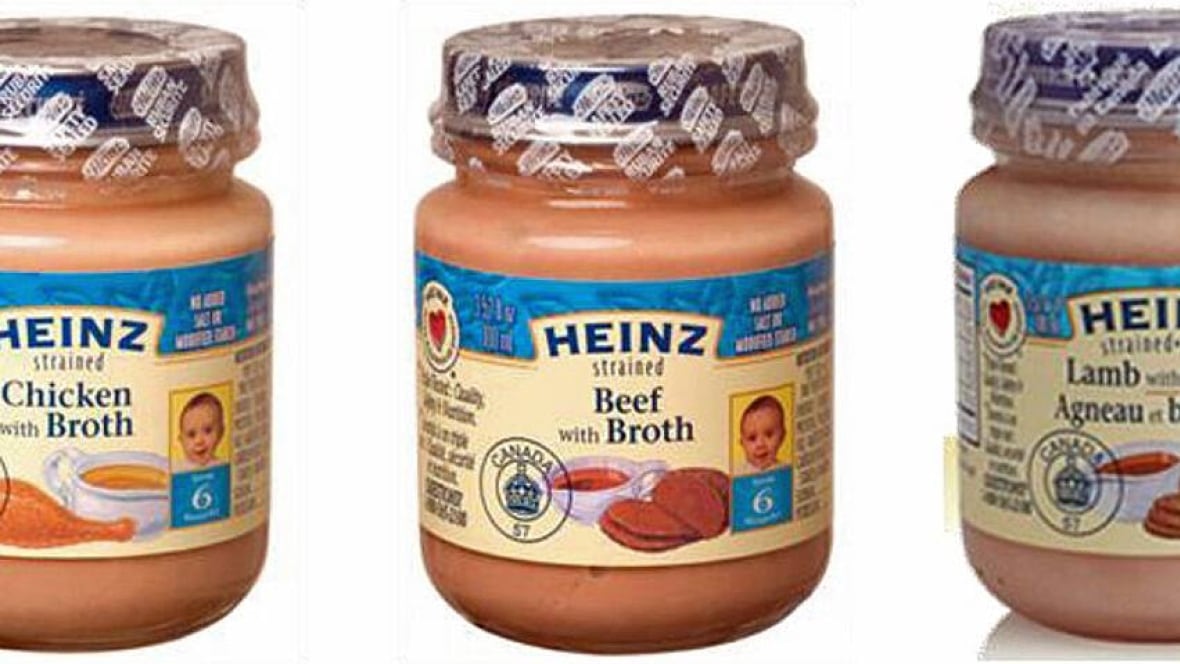 But fish is also an excellent source of protein and other nutrients children need, and many are low in mercury. Look for better options like light tuna (solid or chunk), salmon, cod, whitefish, and pollock.
But fish is also an excellent source of protein and other nutrients children need, and many are low in mercury. Look for better options like light tuna (solid or chunk), salmon, cod, whitefish, and pollock.Variety is important for homemade baby food, too. There are several benefits to making your own baby food fresh at home: it can be cost-effective, avoids potential contaminants from processing or packaging, and you can choose the ingredients. But keep in mind that offering a variety of foods is just as important when making your own baby food as when shopping for prepared baby foods.
Address lead hazards in your home. There are other important ways to help reduce your baby's exposure to toxic metals. The most common source of lead exposure, for example, is from peeling or chipping paint from older homes. Soil, some cosmetics and spices, water, and certain occupations and hobbies can also be sources of exposure. Find more information about lead here.
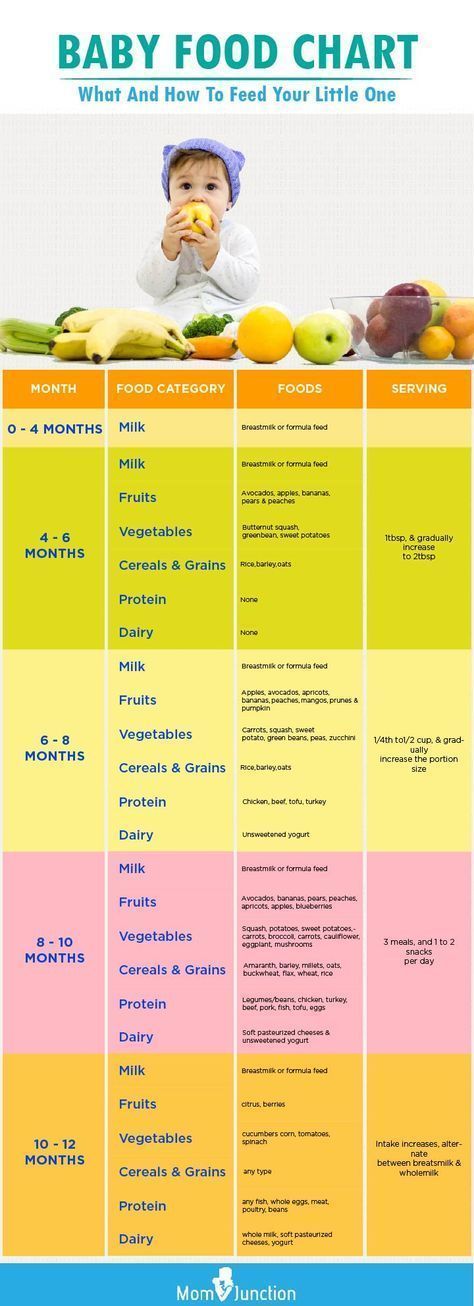
Don't smoke or vape. Secondhand and thirdhand smoke from both regular and e-cigarettes, may expose children to metals such as cadmium and lead. Vaping allows toxic metals from the vape coils to get into the air and be inhaled. Secondhand smoke also contains harmful chemicals that can increase the risk of cancer.
Is organic baby food better?
Organic baby foods may have lower levels of certain pesticides and other chemicals. Because heavy metals are found in the soil and can get into prepared foods from processing, however,organic foods often contain similar levels of heavy metals as non-organic foods.
Should my baby be tested for heavy metal exposure?
Until more information about metals in baby foods becomes available, experts say there's no need to get children tested. Tests that look at a child's hair for toxic metal exposure also are not recommended, since this type of testing is scientifically unproven and often inaccurate.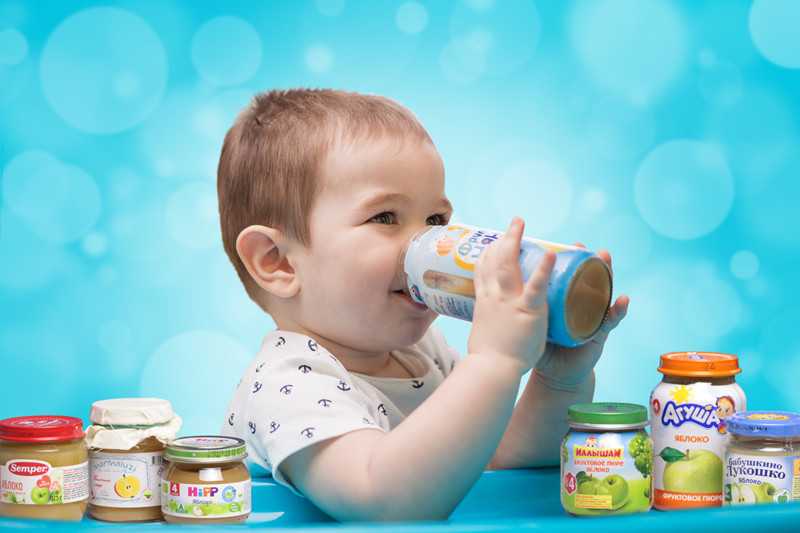
Talk with your pediatrician
If you're concerned about heavy metals in baby food, talk with your pediatrician. Your regional
Pediatric Environmental Health Specialty Unit (PEHSU) have staff who can also talk with parents about concerns over environmental toxins.
More information
- Starting Solid Foods
- Choosing Healthy Snacks for Toddlers
- Ask the Pediatrician: Is it OK to make my own baby food?
- Food Additives: What Parents Should Know
- AAP: Babies Should Eat a Varied Diet to Protect Against Heavy Metals in Commercial, Homemade food
- Heavy Metals in Baby Food and Fruit Juice: Advice for Parents From Environmental Pediatricians
- Pediatric Environmental Health Specialty Units (PEHSUs)
- Last Updated
- 8/12/2022
- Source
- American Academy of Pediatrics (Copyright © 2021)
The information contained on this Web site should not be used as a substitute for the medical care and advice of your pediatrician.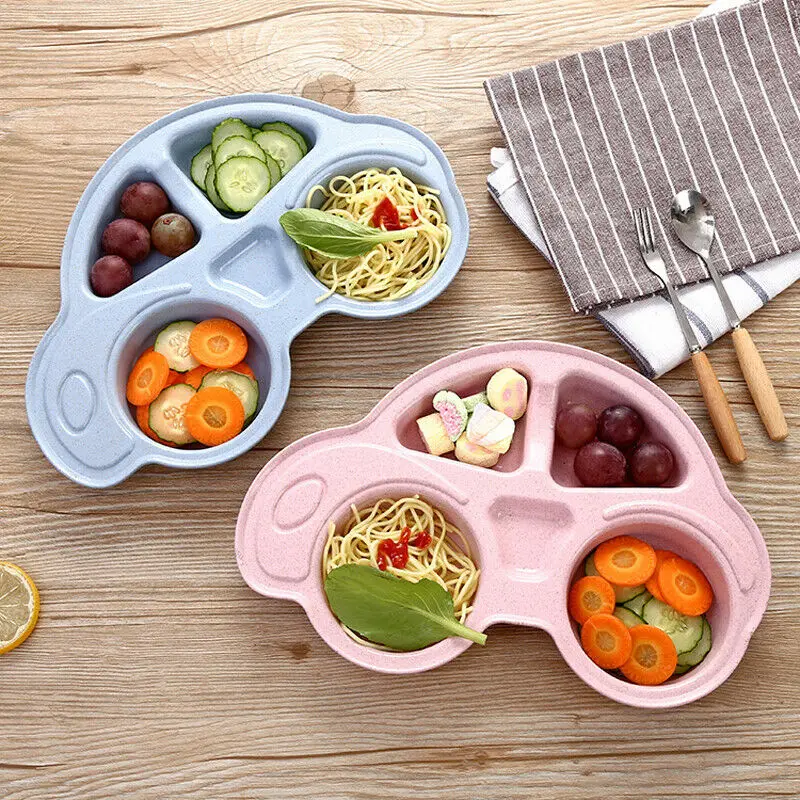 There may be variations in treatment that your pediatrician may recommend based on individual facts and circumstances.
There may be variations in treatment that your pediatrician may recommend based on individual facts and circumstances.
Baby food testing: a new standard in the ISO
series By Clare Naden
Tags: medicineFood
Not surprisingly, nutritional labeling of infant formula is a highly regulated industry, with stringent requirements for the nutrients it contains. ISO has an industry-recognized series of International Standards for the determination of these nutrients, the latest of which has just been published.
The healthy development of children is the goal of infant formula, with many national regulations regarding what it contains and the level of nutritional quality it must meet. Many of these requirements are based on international standards developed by the Codex Alimentarius [1] , also known as the Food Code.
Methods for determining specific nutrient levels in these products abound, but many are outdated or not validated for all types of infant formula currently on the market.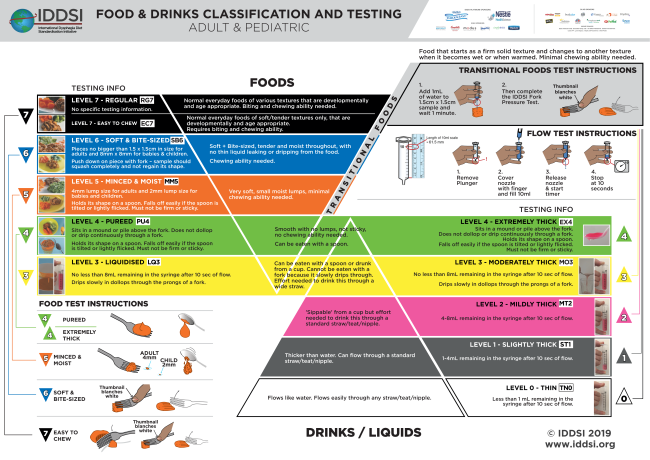 Moreover, the presence of multiple methods makes correct labeling difficult to monitor.
Moreover, the presence of multiple methods makes correct labeling difficult to monitor.
A number of international ISO standards have been developed to test conformance to labels under the SPIFAN (Baby and Adult Food Stakeholder Group) project coordinated by AOAC INTERNATIONAL [2] in collaboration with ISO and the International Dairy Federation (IDF). This project is supporting the development of standard test and method requirements for 20 or more priority adult nutrients.
The latest in this series of standards is ISO 23443, Infant formula and adult food supplements. Determination of the content of β -carotene, lycopene and lutein by reverse-phase ultra high performance liquid chromatography . Lutein, β-carotene and lycopene are among the carotenoids present in human milk and are often added to adult infant formulas, with lutein important for vision and cognitive function and β-carotene providing vitamin A.
Erik Konings ), the leader of the standards working group, noted that the documents are a breakthrough for the infant formula industry and consumers as they represent the result of genuine international collaboration to protect consumer health and facilitate trade.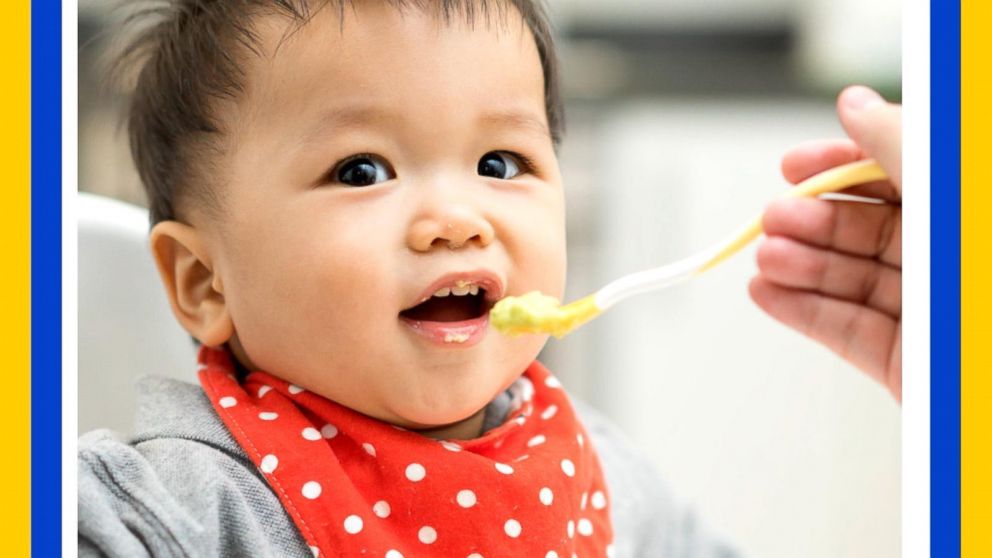
“These standards provide an effective way to demonstrate compliance with national and international regulations as they represent a globally agreed method of testing in accordance with other standards development organizations in the sector such as AOAC INTERNATIONAL and IDF,” he said.
“Moreover, this collaboration has been valued by Codex, a key partner of ISO, as it is essential for global consistency and overall quality improvement.”
ISO 23443 and other documents in this series were developed by working group WG 14, Vitamins, carotenodes and other nutrients , of technical committee ISO/TC 34, Foods , whose secretariat is held jointly by AFNOR and ABNT, ISO members France and Brazil. Documents are available from your national ISO member or the ISO Store.
- The Codex Alimentarius was developed by the Food and Agriculture Organization of the United Nations and the World Health Organization in 1963 to develop harmonized international food standards that protect consumer health and promote fair food trade practices.
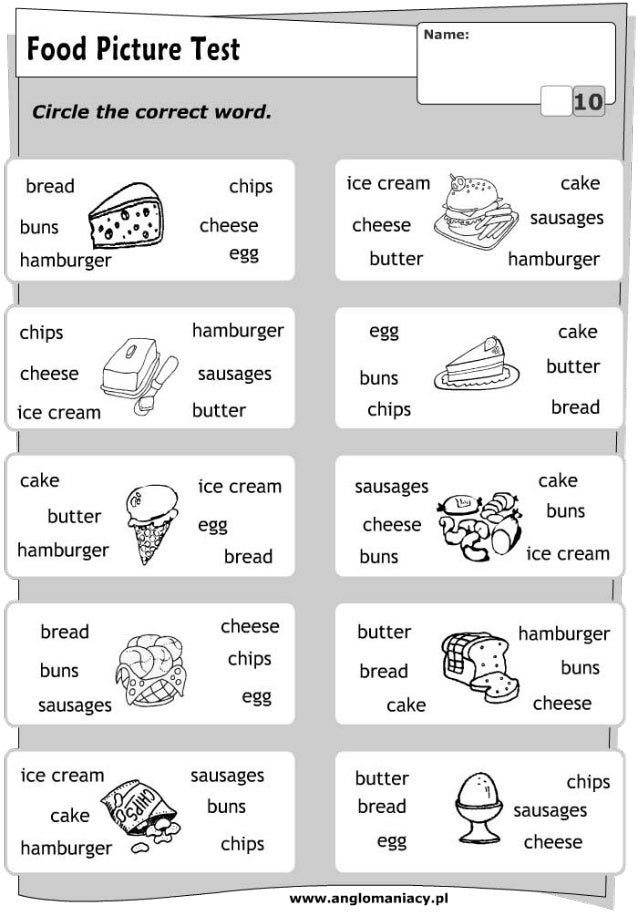
- AOAC INTERNATIONAL brings together governments, industry and academia to develop standard methods of analysis to ensure the safety and integrity of food and other products that impact the world's population.
Testing Baby food Hame - care in every spoon! : Naprobu.ua
Test results
experts are willing to recommend Hame brand baby food
experts plan to buy Hame brand products
experts generally trust the Hame brand after testing
Hame is healthy food for your baby!
Giving the best to the baby is the natural desire of all parents. And when it comes to nutrition, there is no room for compromise at all. On how high-quality and healthy the baby’s diet will be, his health, physical and mental development depends.
The choice of foods for the first feeding is serious business. We want the first "adult" treats for the baby to be natural, hypoallergenic, environmentally friendly, and do not contain harmful additives.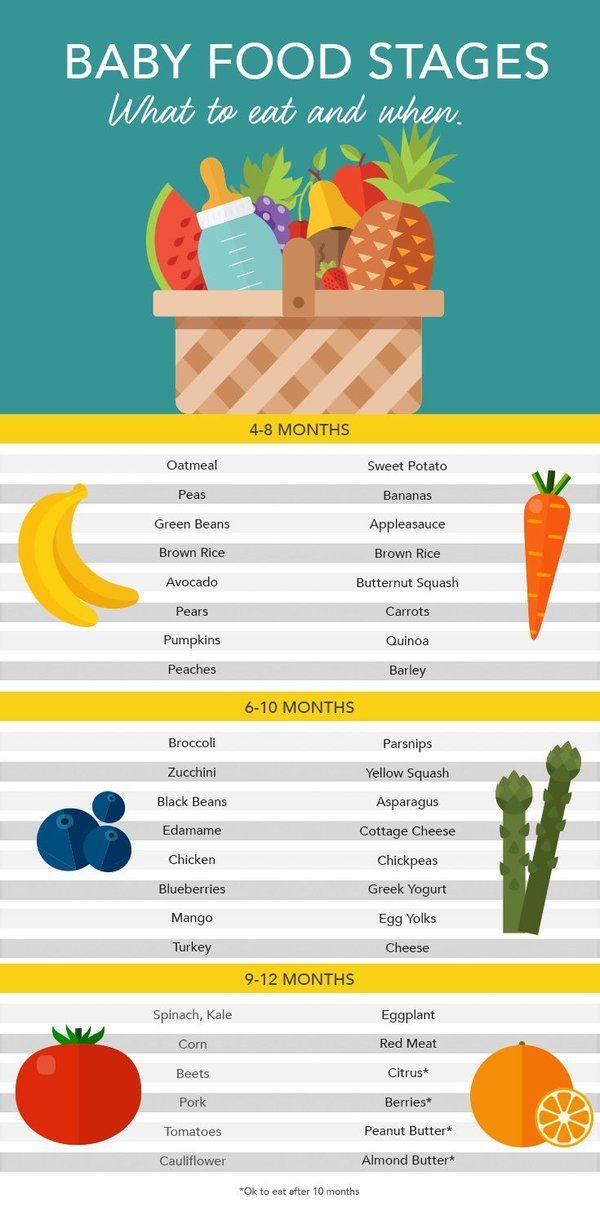
- It is important that the manufacturer has a reliable reputation and his products are trustworthy. All these criteria are met by baby food from the Czech brand Hame.
- The company has over 80 years of experience.
- Products are manufactured in accordance with strict European quality and safety standards.
- Fruits for vegetable and fruit purees Hame and Hamánek are grown in ecologically clean conditions in an organic way, that is, without the use of chemical fertilizers.
- Contains no dyes or preservatives.
- For the convenience of caring mothers, the dish is available in a practical package. A delicate texture greatly facilitates swallowing and digestion.
For three weeks, the participants tested the products of "TM" Hame "and left feedback. Now that the testing is over, we can get their honest and unbiased impression.
Reviews
Hamanek was just a godsend for our family.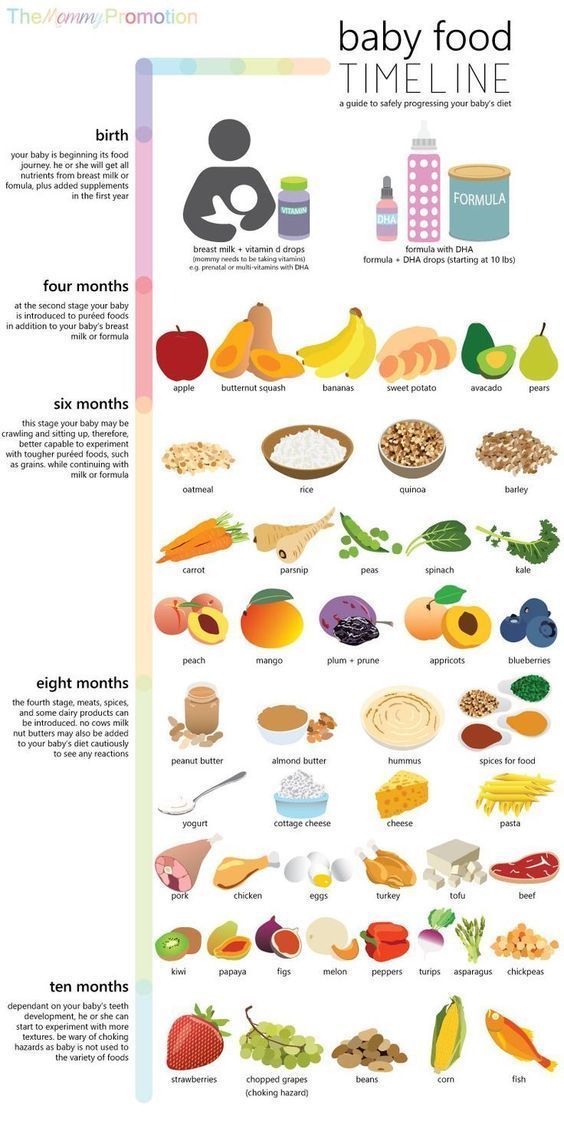 Such a convenient and cool package! Anitka immediately understood how to open it, I only had to show it once. The lid is right for children's fingers. Thanks to the manufacturer for thinking about such seemingly small things that create comfort and ease of use even for the smallest. The other day we somehow had a problem with a chair, we were waiting for it, we were waiting, I decided to hit the plum and the apple first. It did help, but I was surprised. Not immediately, it took about an hour and a half, but the result was excellent. This suggests that the composition definitely contains a natural ingredient. I saved prunes for the same case and something tells me that it will work a little faster :) I really like the texture of the puree. Very pleasant, even a little oily, it is pleasant to eat even for adults, but I didn’t overeat my daughter, honestly. There is only one verdict - "give me more", and this is the highest rating from my direct Anita, such a tiny expert can definitely be trusted.
Such a convenient and cool package! Anitka immediately understood how to open it, I only had to show it once. The lid is right for children's fingers. Thanks to the manufacturer for thinking about such seemingly small things that create comfort and ease of use even for the smallest. The other day we somehow had a problem with a chair, we were waiting for it, we were waiting, I decided to hit the plum and the apple first. It did help, but I was surprised. Not immediately, it took about an hour and a half, but the result was excellent. This suggests that the composition definitely contains a natural ingredient. I saved prunes for the same case and something tells me that it will work a little faster :) I really like the texture of the puree. Very pleasant, even a little oily, it is pleasant to eat even for adults, but I didn’t overeat my daughter, honestly. There is only one verdict - "give me more", and this is the highest rating from my direct Anita, such a tiny expert can definitely be trusted.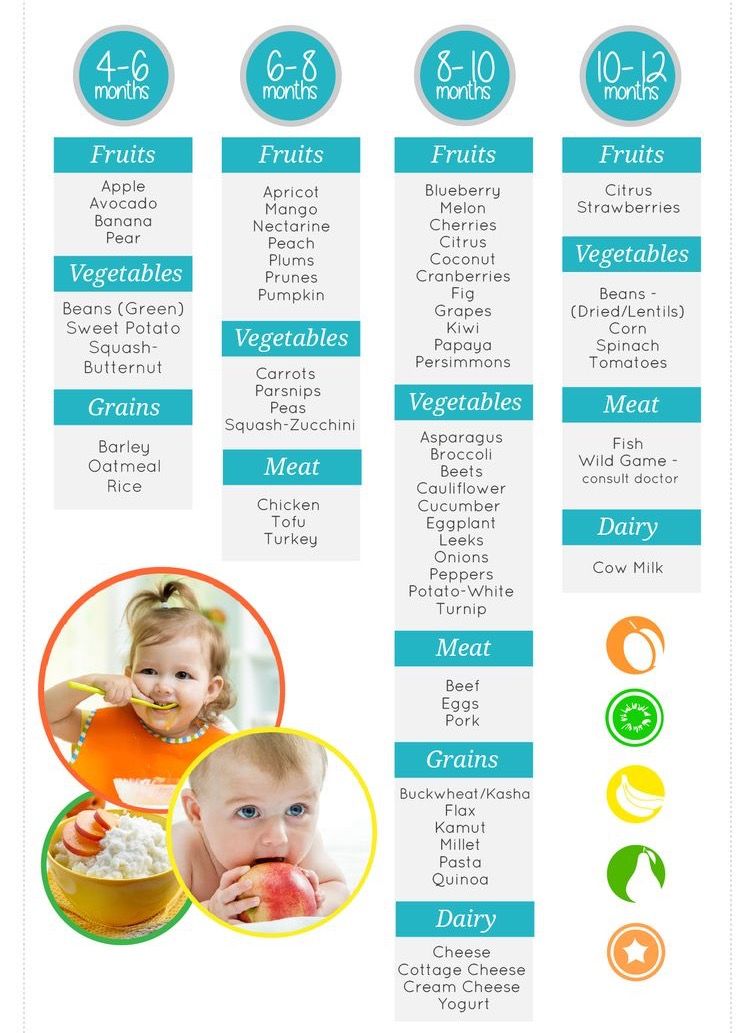 Anita, Yura, and I honestly recommend it!
Anita, Yura, and I honestly recommend it!
Finally recovered and I can sit down again to write a review. As luck would have it, the autumn flu covers our entire family every year, this time even the baby got sick. We were really lucky that we had ready meals on hand for testing. I felt so tired from autumn and illness that I didn’t have the strength to cook anything. We really liked an apple with cottage cheese in a jar, I even looked for another one in the nearest supermarket, but, unfortunately, I didn’t find it, maybe a little later. I read a lot about the fact that calcium in cottage cheese is better absorbed with fruits, and thanks to Hame for such a combination, albeit a classic, but no less useful! I tried it myself, while Antitka was already pulling her paws to the jar, she hears the sound of opening in me, so my appetite immediately appears. Delicious, with firm confidence I say that even for an adult it is sweet, pleasant texture.